Insadong Geujip (인사동그집)
1.0Km 2020-04-24
3, Insadong 12-gil, Jongno-gu, Seoul
+82-2-737-0575
Insadong Geujip, located in the famous neighbourhood of Insadong, is a Korean fusion restaurant that is particularly well known for its traditional, yet unique interior. Along with “Insadong Seafood Rice,” and “Insadong Geujip On Rice”, diners can find a range of delicacies including Hanbang
Bossam (Herbal Napa Wraps with Pork), Savory Seafood & Spring Onion Pancake, and Kimchi Parae Pancake on the menu.
The restaurant's specialty, Geujip On Rice, a sort of Bibimbab made with a variety of seafood, vegetables and edible flowers and mixed together with rice and a red pepper paste called gochujang. The basic serving size is large enough to feed two.
The restaurant is housed in an old hanok (Korean traditional house) and has been carefully renovated to preserve the house’s traditional feel. Indoor lights wrapped with hanji, Korean traditional paper, shine a soft glow over the entire dining area and add to the overall ambience.
Seolleneun Majung (설레는마중)
1.0Km 2021-03-30
49, Insadong-gil, Jongno-gu, Seoul
+82-2-6954-2915
It is a store that sells both traditional Korean desserts and coffee. This cafe is located in Jongno-gu, Seoul. The most famous menu is rice cake.
Estatua del Almirante Yi Sun-shin (충무공 이순신 동상)
1.0Km 2021-03-05
Sejong-daero 175, Jongno-gu, Seúl.
La estatua del Almirante Yi Sun-shin fue erigida enfrente de la Plaza Gwanghwamun el 27 de abril de 1968 en honor al valiente espíritu y liderazgo del almirante. Con 17 metros de altura, esta estauta de bronce muestra al almirante con una espada en su mano derecha, representando la protección y el patriotismo. Enfrente de la estatua hay un barco tortuga en miniatura, y en cada esquina hay dos tambores que se usaban incrementar la moral de las tropas en el campo de batalla.
Geumdong Hwaro Sutbulgui (금동화로숯불구이)
1.0Km 2021-03-19
35, Toegye-ro, 41-gil, Jung-gu, Seoul
+82-2-2264-3002
This Korean cuisine is located near Chungmuro Station, Seoul. The representative menu is spicy stir-fried boneless ribs. A Korean BBQ restaurant.
Hotel PJ (호텔PJ)
1.0Km 2021-03-16
71, Mareunnae-ro, Jung-gu, Seoul
+82-2-2280-7000
Hotel PJ is located near Euljiro 4-ga, a transportation hub connecting subway lines 2, 3, 4, and 5, allowing guests to reach Seoul's tourist destinations such as Myeong-dong, Namdaemun, Dongdaemun, Namsan, Insa-dong, Hongdae, and Daehangno with ease. The hotel has 272 guestrooms as well as a restaurant, cafe, banquet halls, and a business center.
Halmeoni Kalguksu(할머니칼국수)
1.0Km 2021-04-14
14-2, Donhwamun-ro 11da-gil, Jongno-gu, Seoul
+82-2-569-9900
It is a place where you can enjoy Korean noodles with hot soup. The best menu at this restaurant is noodle soup. This Korean dishes restaurant is located in Jongno-gu, Seoul.
Korea Samgyetang (고려삼계탕)
1.0Km 2025-05-19
1, Seosomun-ro 11-gil, Jung-gu, Seoul
Seomun Hoegwan(서문회관)
1.0Km 2021-03-18
47, Sejong-daero, 11-gil, Jung-gu, Seoul
+82-2-755-0897
A bulgogi specialty restaurant located near City Hall Station in Seoul. The most famous menu is Korean beef bulgogi. Experience bulgogi, a Korean traditional dish.
Mirakjeong (미락정)
1.0Km 2021-03-30
52, Sejong-daero 9-gil, Jung-gu, Seoul
+82-2-778-7210
It is a place where pork cutlet is made directly with domestic pork. This restaurant's signature menu is house-made jumbo sized pork cutlet. This Korean dishes restaurant is located in Jung-gu, Seoul.
Hotel Crown Insadong (호텔 크라운-인사동)
1.0Km 2021-02-10
9, Samil-daero 30-gil, Jongno-gu, Seoul
+82-2-3676-8000
Hotel Crown is a premier hotel that was renovated in May 2002. The hotel is in close proximity to Jongno and Insa-dong, making it a convenient place to stay for tourists.
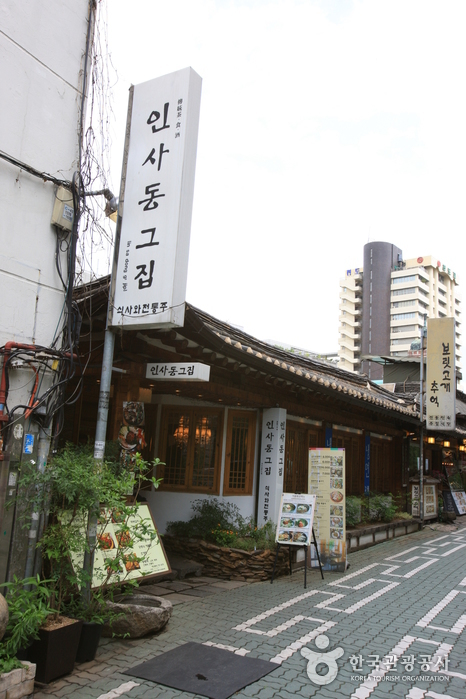
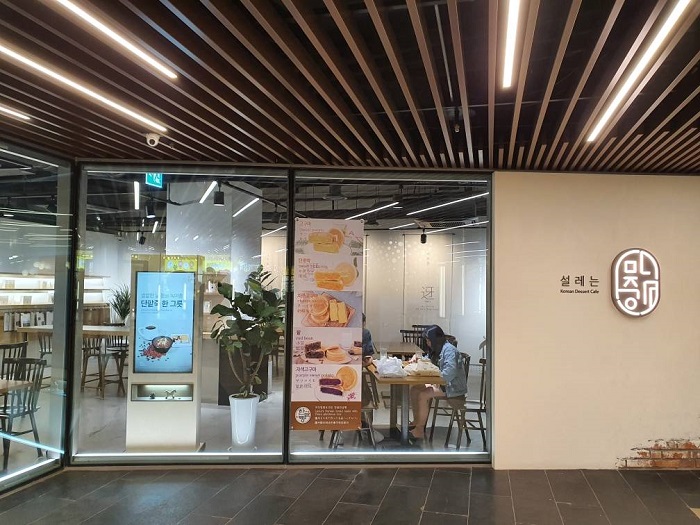
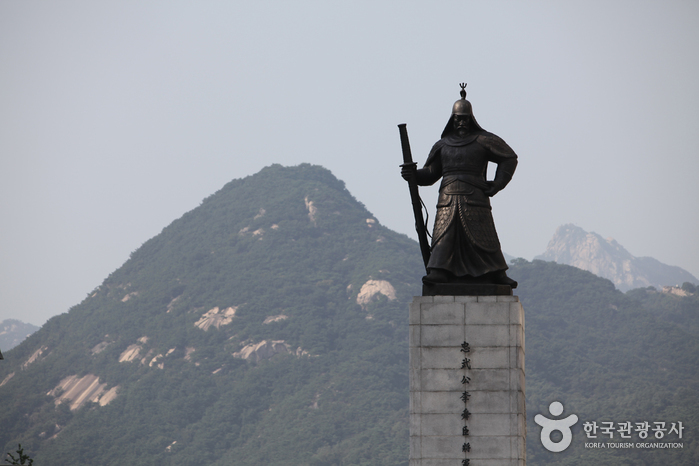
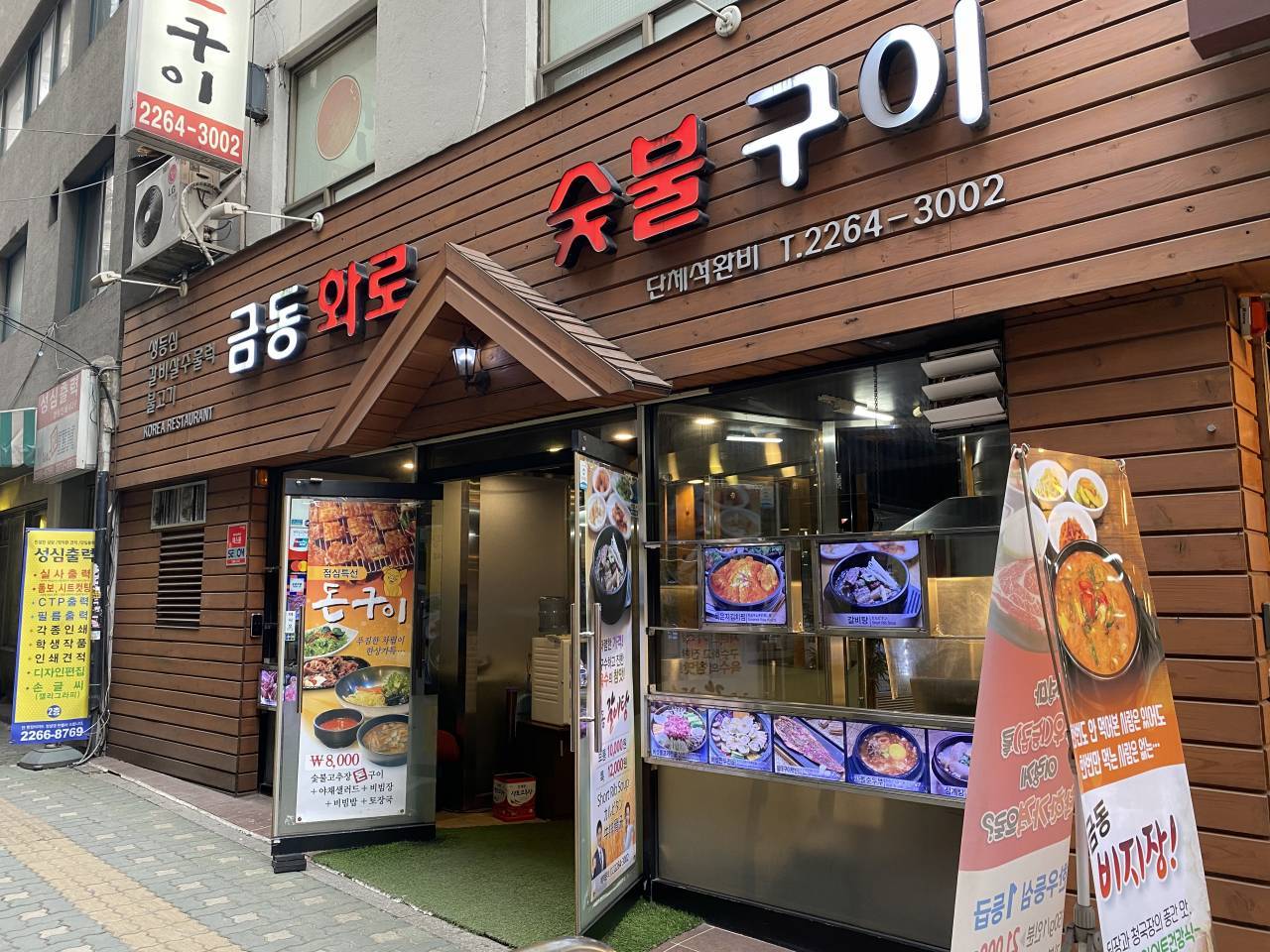
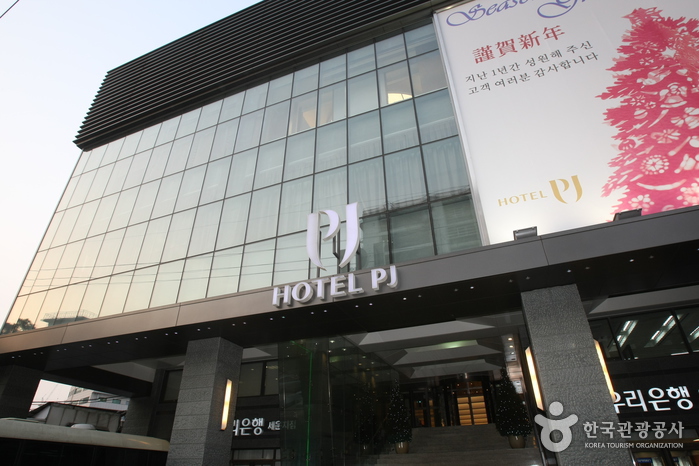

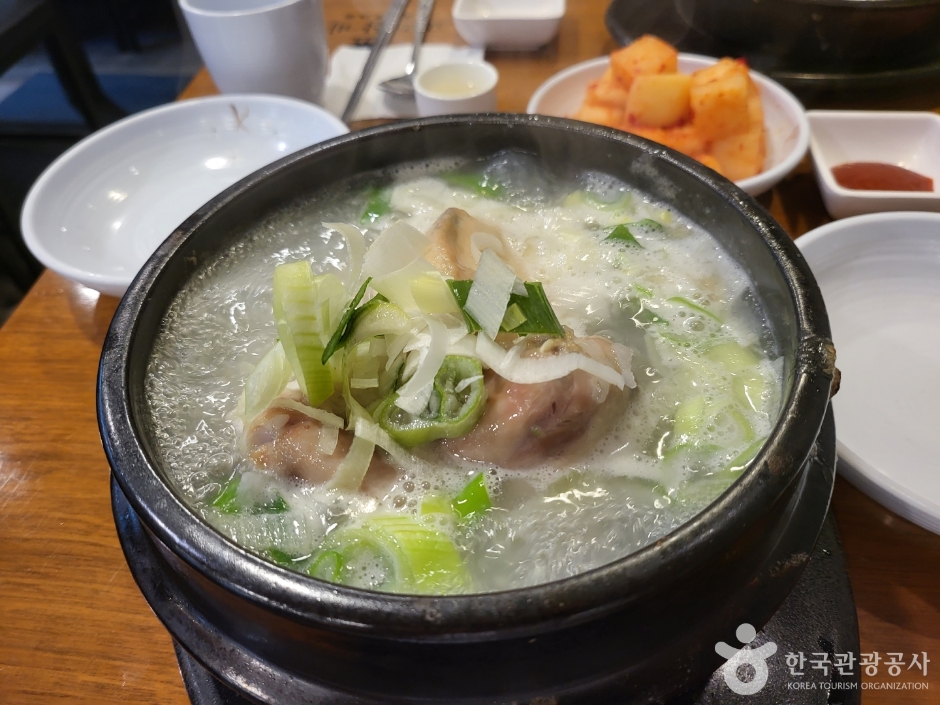
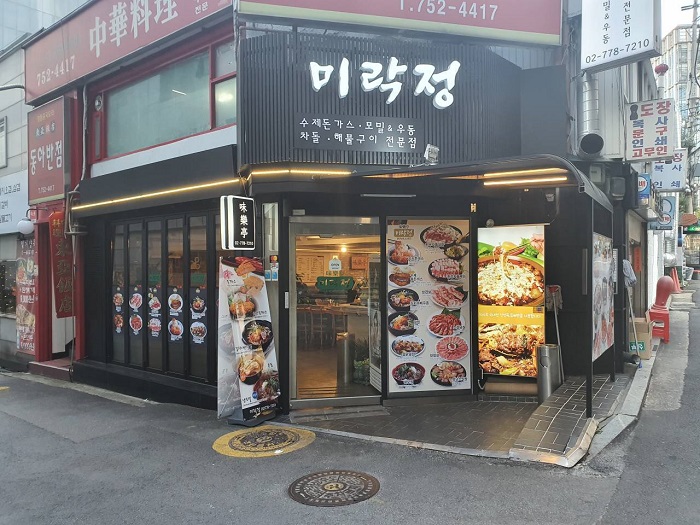
 Español
Español
 한국어
한국어 English
English 日本語
日本語 中文(简体)
中文(简体) Deutsch
Deutsch Français
Français Русский
Русский